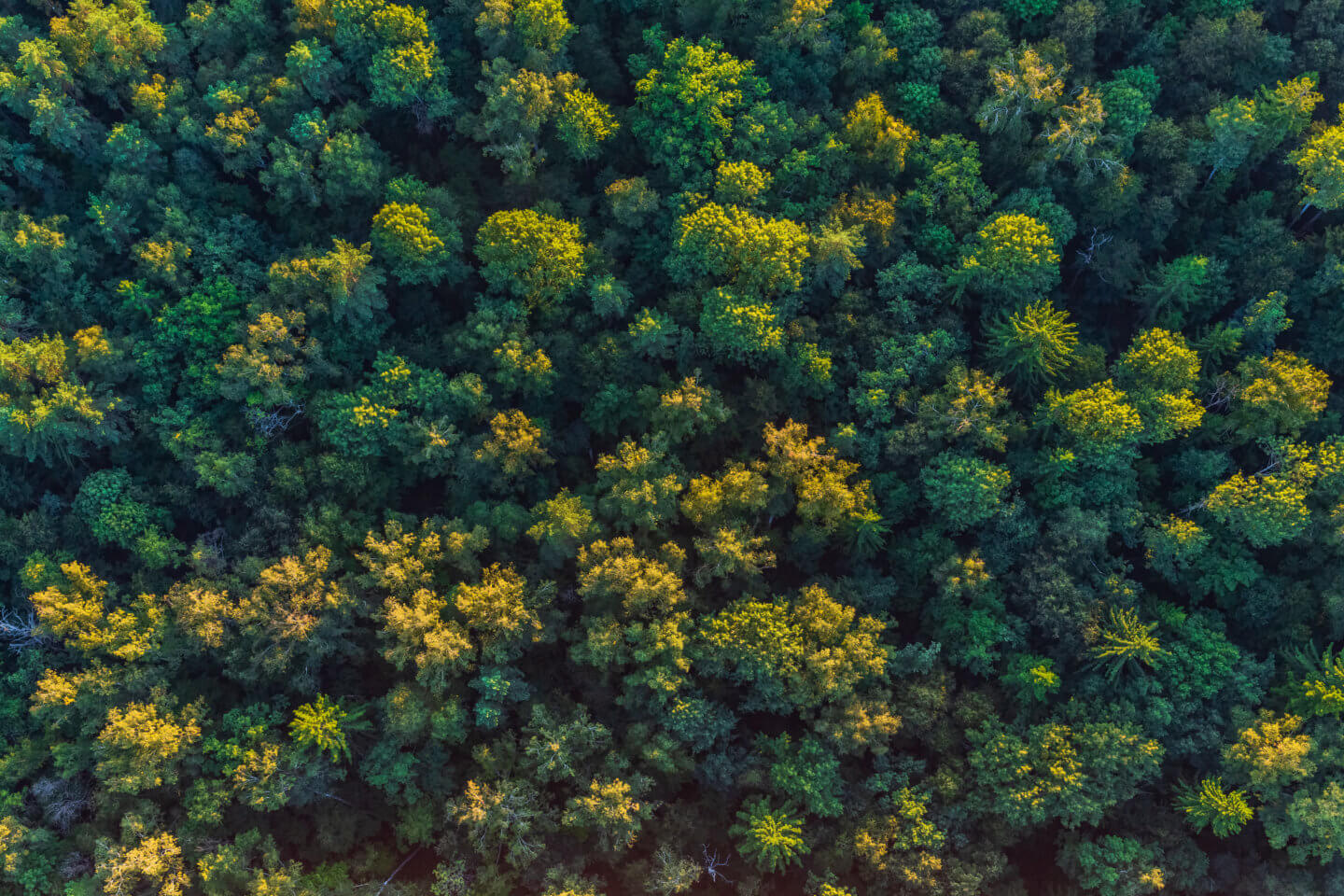Sustainability and the textile industry
Sustainability and the textile industry

Sustainability is a driving principle of ours, and we’re constantly searching for new ways to improve our process and make a difference. As a result, one of the most important dates in our diary is World Environmental Day – which has been celebrated every 5th June for the last 47 years.
To mark the occasion this year, our colleagues from across the globe have been finding unique ways to be more sustainable – from planting trees at our China base, to playing an environmental anthem in Sri Lanka, and even bringing in eggshells to our Mexico factory to absorb heavy metals that contaminate rivers.
To show our support on a global scale, we’re reflecting on steps we’ve taken to be more sustainable. As well as recommendations on how you can make an impact in your daily life.
What businesses can do to be more sustainable
• Ensure yarns and elastics are sourced from ethical providers: we make sure the materials used in our products can be traced. Every one of our yarn providers have GRS, ASTM D5511, or DIN certificates, meaning we can trust their commitment to recycling and bio-degradability.
• Invest in new methods of production: Sustainability isn’t a cheap or easy job, but it’s worth it in the long run. Over the last few years, we’ve eliminated coal across all our sites, installed solar panels, introduced new water saving initiatives and invested in more sustainable dyeing techniques. It’s a big investment, but one that will be worth more than any form of profit in the future.
• Give sustainable products a chance: There’s a misconception that sustainable yarns look different to standard yarns – but they don’t. The only difference is in how they’re made. Over the last few years, we’ve worked hard to ensure our sustainable yarns have the same appearance – in fact, we sometimes need to use a chemical test to check their traceability.
What individuals can do to be more sustainable
• Opt for reputable retailers: just like how we carefully consider our suppliers, those at home can do the same. Look out for certificates like the Global Organic Textiles Standard (GOTS) or Global Recycled Standard where you can. These accolades have been developed to make it easier for consumers to understand where their purchase has come from.
• Repair clothing instead of discarding it: We often throw clothing away if it has holes or rips. Next time your favourite item of clothing looks a little worn, however, avoid discarding and see if you can repair with the help of a needle and thread. Your bank balance will be thankful, as will the planet.
• Recycle clothing that cannot be repurposed: If that favourite pair of trousers are worn beyond repair, you still don’t need to pop them in the bin. Search for your local recycling centre and donate your clothing. Most materials can be repurposed and used for other processes – even if they’re no longer wearable.
• Source fabric and haberdashery from sustainable sellers: If you make your own items of clothing, have you considered where the ingredients come from? We evaluate our processes and consider multiple variables when testing a new sustainable yarn. Run-ability, dye-ability and durability are the key tests. Ask your provider where the materials have come from and enquire about more sustainable options.
Be conscious of your impact
Whether you’re a business or an individual, it’s possible to meet your own needs without impacting that of future generations. Sustainability is not just environmental – it is about assessing your current processes and recognising areas that need improvement. We’ve made a lot of changes at Stretchline, but we are conscious of the fact there’s still far more to do, and we are always striving for better.


